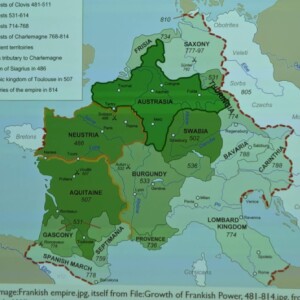Plants and Prayers
Another exhibition today of medicine, care, and healing before 1700. It included the contributions of priests to apothecaries to barbers as well as physician's.
Wellness
Had my long overdue (my fault) botulinum (Dysart) injections at QMC, this time focusing around my lower jaw muscles and front of my neck. Popped in to nearby Nottingham University again afterwards for this exhibition.
Lecture (e7) - Attended an interesting academic lecture associated with the exhibition the previous day. It mainly talked about research on the evolution of hundreds of different incense recipes as used for medical as well as liturgical purposes.
m: Mandrake - the hallucinogenic (15th C)
The mandrake is a potent narcotic, sedative, hallucinogenic and poisonous plant formerly said to possess magical and healing properties. In historical images, the roots are often portrayed in male and female human form (pictured).
The shriek of the mandrake when pulled from the ground was believed to cause insanity or death to humans, so dogs were used to harvest the plant.
In historical medicine mandrake was said to have incredible powers to cure illness, offer protection, and inspire visions and prophecy. Before the advent of modern anaesthesia and medicines, mandrake was commonly used as a painkiller and sedative. Mandrake contains atropine, a controlled substance still used today in a surgical setting.
Mandrake, from a 15th century illustrated herbal Kislak Center for Special Collections, Rare Books and Manuscripts Oversize LJS 419: Erbario Courtesy of the University of Pennsylvania CC-BY-4.0
e2: The Potato (16,17 C)
John Gerard (1545-1612) was a barber-surgeon and curator of the Physic Garden at the College of Physicians. A Physic Garden is usually for medicinal plants, but Gerard grew a wide variety of species, including rare and new species, such as the potato. His popular Herbal contains the first English description and illustration of the potato, which had recently been introduced by returning explorers.
His text is based on the plants he cultivated and an earlier work by the botanist Rembert Dodoens. Gerard's Herbal contains thousands of images along with extensive commentary about the botanical characteristics of 800 species of plants and their 'virtues' or specific capacities to treat disease.
Hand-coloured title page from John Gerard's The herball, or, Generall historie of plantes (1636) Special Collection, Over.X RS164 GER
e3: Culpepper (18c)
English botanist and physician Nicholas Culpeper's popular English Physician and Complete Herbal contains the medicinal and occult properties associated with hundreds of plants, along with recipes for medicines for a variety of common illnesses. The preface points out the importance and simplicity of obtaining cures from the natural world where 'nothing grows in vain'.
This plate contains an illustration of Greater Celandine (Chelidonium majus) which is used in a range of Old English remedies, including several for eye conditions. There are many remedies for eye conditions in the Early Medieval texts, partly because the 'dimming of the eyes' would have affected many. Since cooking took place over an open fire, the smoke must have also affected people's eyes. Today the plant is used to treat liver and bile duct conditions and the sap is used to remove warts. It was also tested in a pilot study against mild forms of Covid-19.
Nicholas Culpeper, English physician and complete herbal (1794) Special Collection, RS177.G7 CUL
e4,5: Antiphonal (from Nottingham church) (15 C)
The Wollaton Antiphonal is an example of a late medieval church service book and is one of only two known surviving English Antiphonals decorated with illuminated miniatures and borders.
It is exceptional both for its quality and its long association with a particular parish, St Leonard's, Wollaton in Nottinghamshire. Rituals were an important part of healing in the Middle Ages. Charms and prayers were extra- medical practices used to cure the body, but more importantly to cure the soul of sins. Communal acts of listening were part of this care, as were private acts of penance and prayer. Throughout the Middles Ages such texts played a significant role in keeping body and soul healthy.
e6: Art and Anatomy (18 C)
Engraving of bones and musculature of the human body from German anatomist Bernhard Siegfried Albinus's Tabulae sceleti et musculorum corporis humani (1749). Some of the illustrated backgrounds, which attracted some contemporary criticism for their artistic style, contain classical symbolism.
Med Chi Collection Over.XX QM21 ALB
e7: Incense
Just Liked this map slide from the lecture.


Comments
Sign in or get an account to comment.


